Modern and Historical range of the elephants
Elephants are the largest existing land animals. These giant herbivorous animals are dispersed in sub-Saharan Africa, South and Southeast Asia and live in various habitats, including forests, savannahs, forests, and even deserts.
Three species of elephants exist on our planet:
- African bush elephant (Loxodonta africana)
- African forest elephant (Loxodonta cyclotis)
- Asian elephant (Elephas maximus)
Elephant populations decline in the wild. The main historical factors behind elephants’ decline are the demand for ivory, habitat loss, habitat degradation, and fragmentation.
African elephants
African bush elephants have more oversized ears and puckered skin, a concave back, a slanted abdomen, and two finger-like additions at the trunk’s tip.
African forest elephants have shorter and more rounded ears, and more straight tusks than bush elephants and are bounded in range to the forested regions of Western and Central Africa.
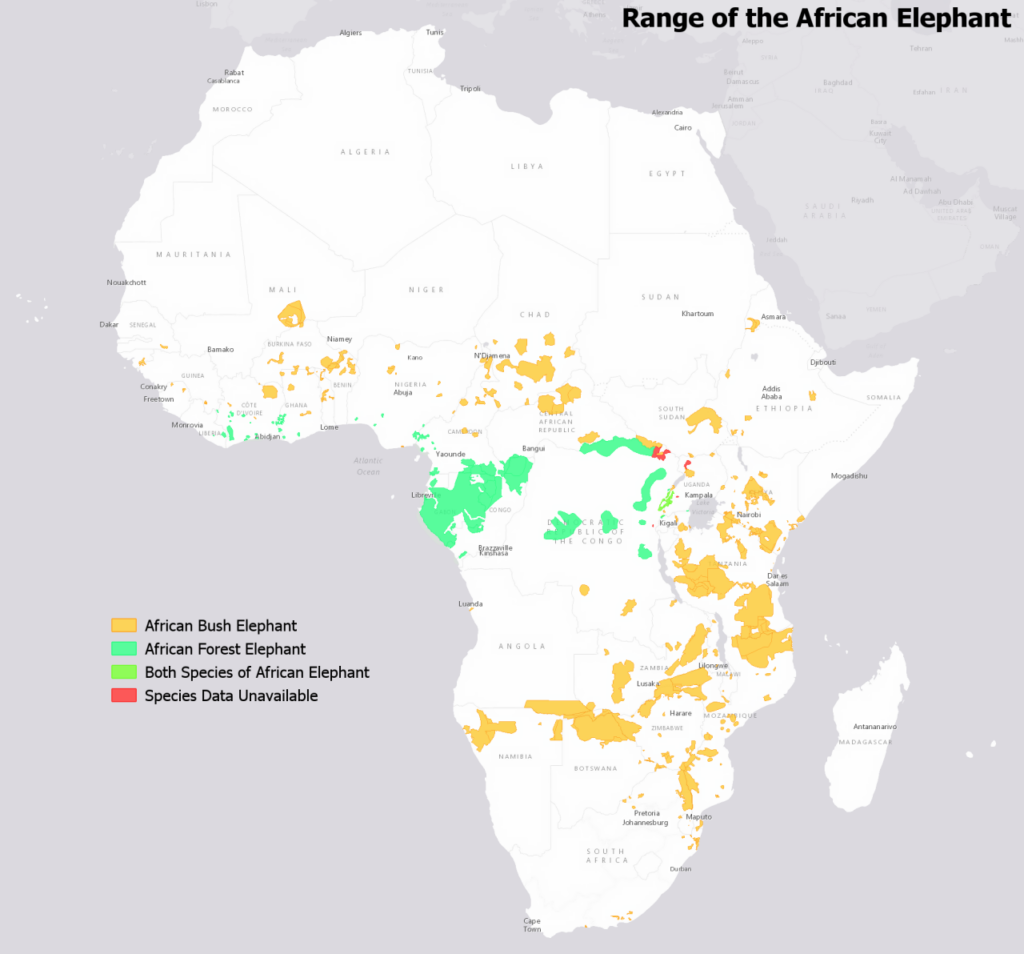
In 1800 there were about 27 million elephants in Africa. Nowadays, the global population of African bush elephants is estimated at 415 thousand individuals spread in a total area of 21 million sq km (8 million sq mi), of which 30 percent is protected. Forty-two percent of the whole population lives in 9 Southern African countries (the most significant population exists in Botswana with 132 thousand individuals). Nowadays, the population of African bush elephants is growing at a rate of 4% per year.
The African forest elephant population during the 20th century decreased due to poaching to less than 30 thousand individuals estimated in 2013.
The map below shows the African elephant’s range and population (19th century vs. 2012)

Asian Elephants
Asian elephants have smaller ears and smoother skin, a convex back, smoother skin, a flat abdomen, and one addition at the trunk’s tip.
In 2019, the wild population of Asian elephants was estimated at approximately 50 thousand individuals. The population of Asian elephants has declined by at least 50% over the last 3 elephant generations (60–75 years).
The map below shows the modern (red) and historical (pink) ranges of the Asian elephant.



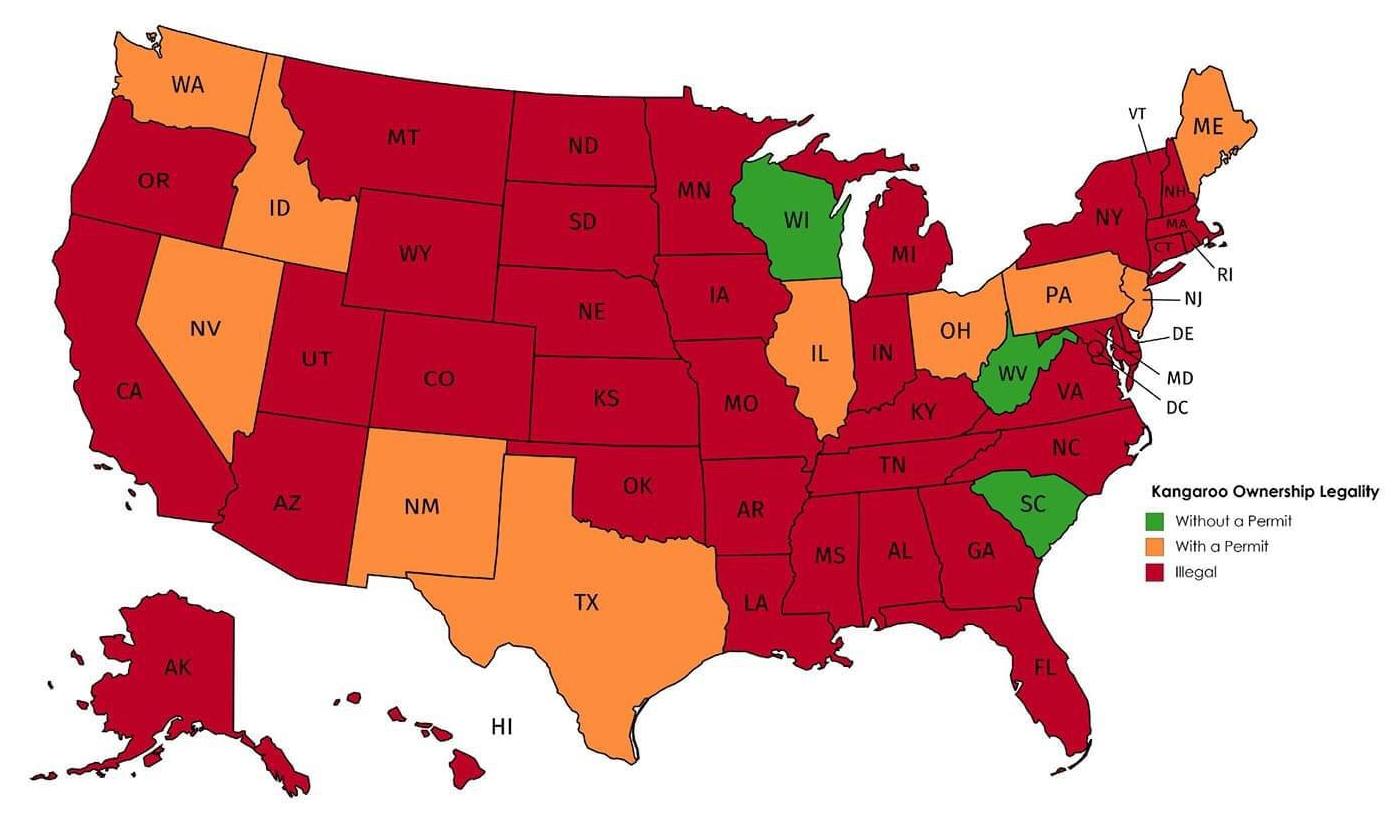
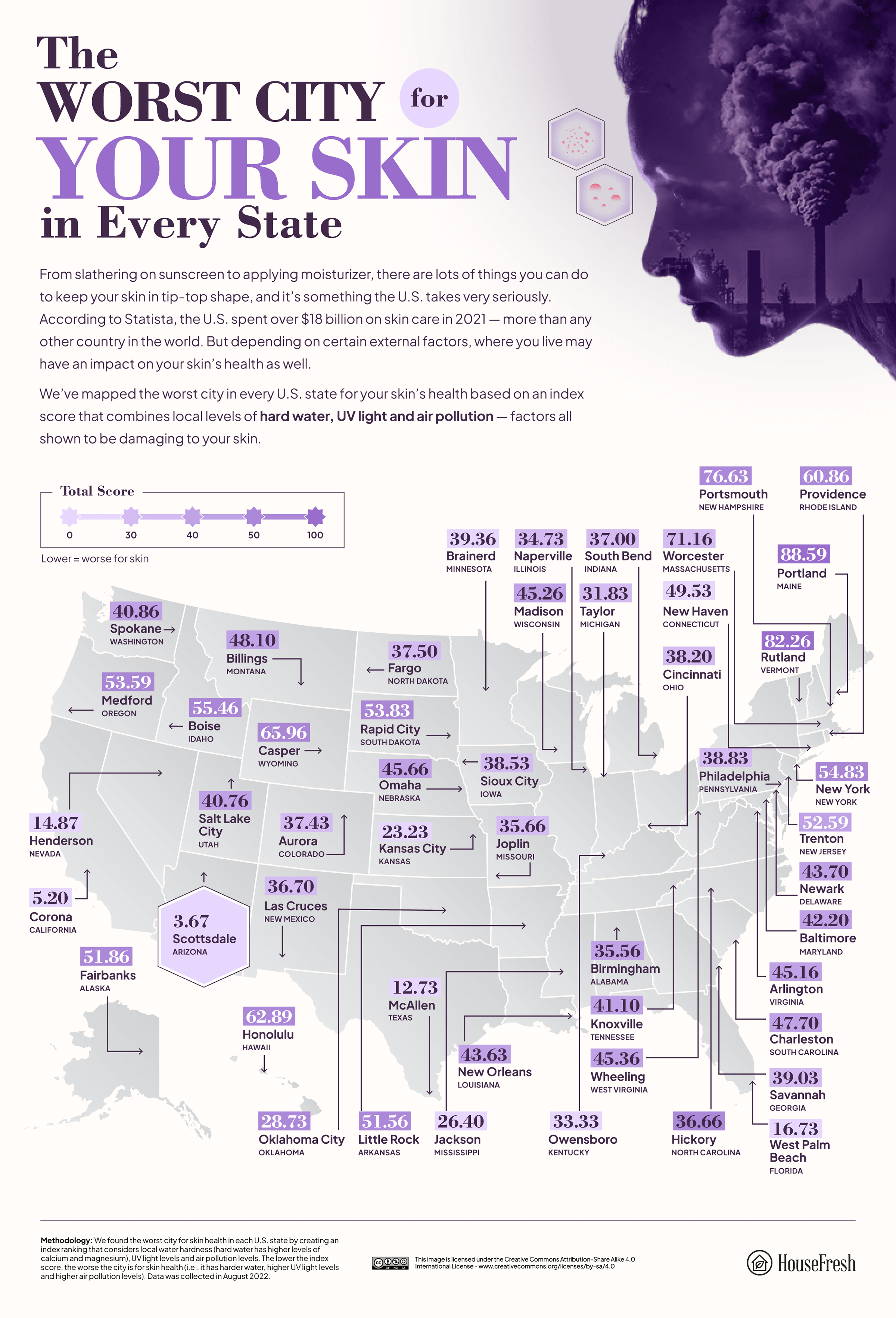

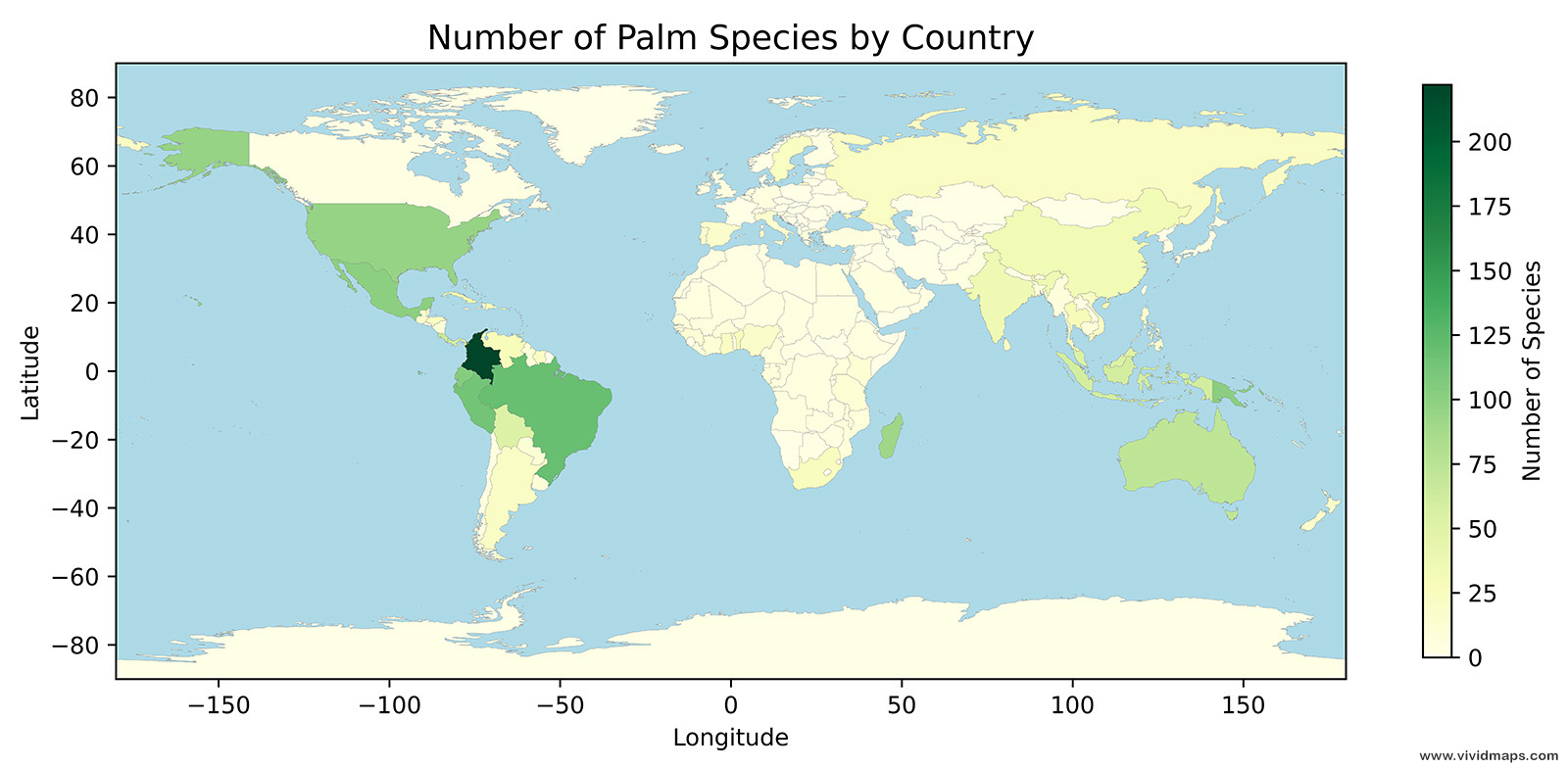
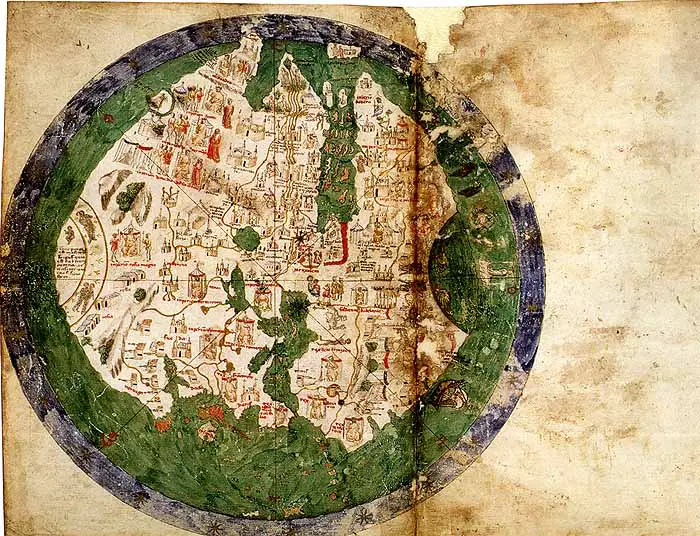

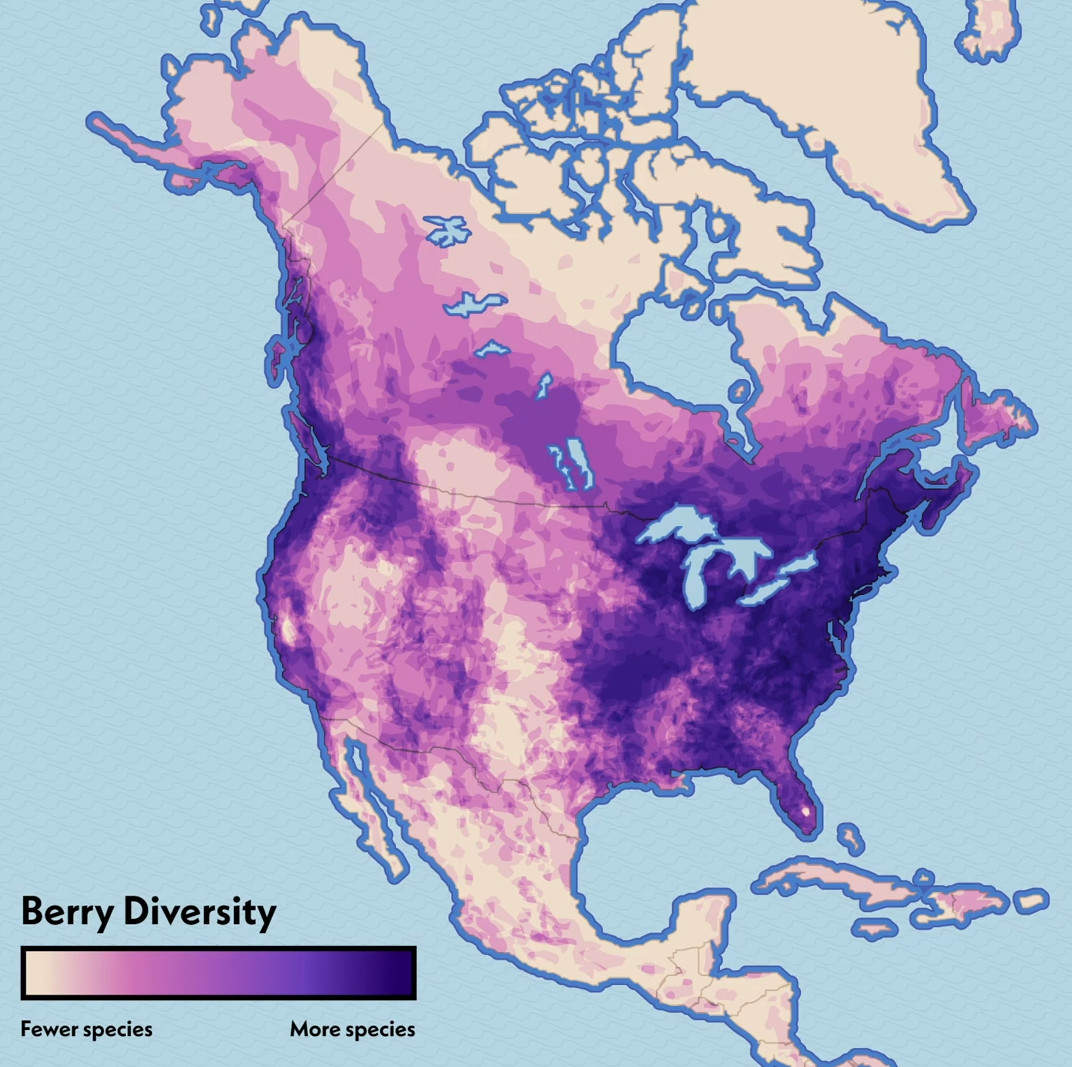
I wonder how far north Asian elephants can live?
In a warmer future world they may be suitable for maintaining a boreal grassland where the mammopth steppe once was.